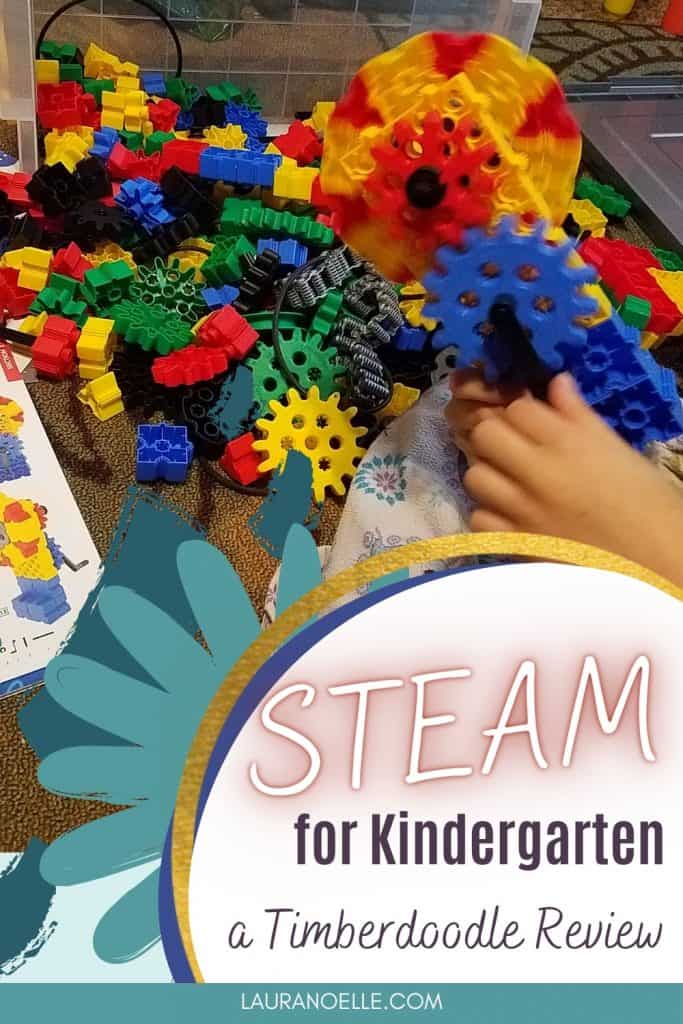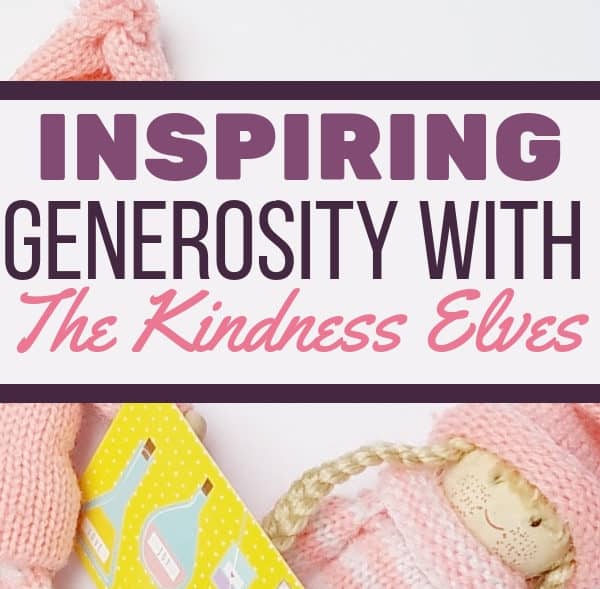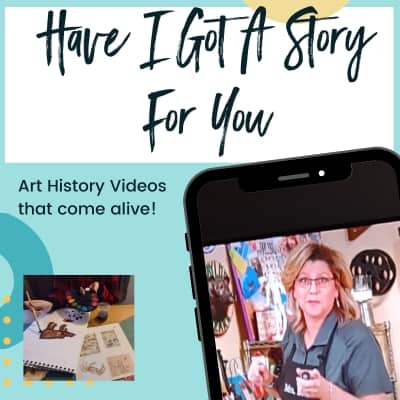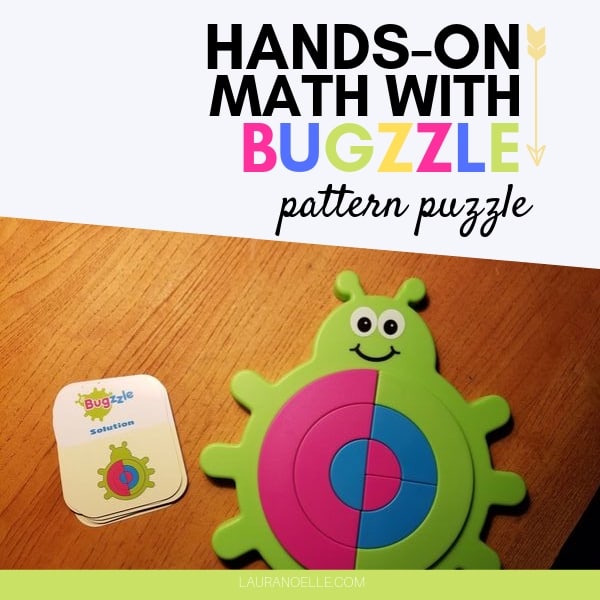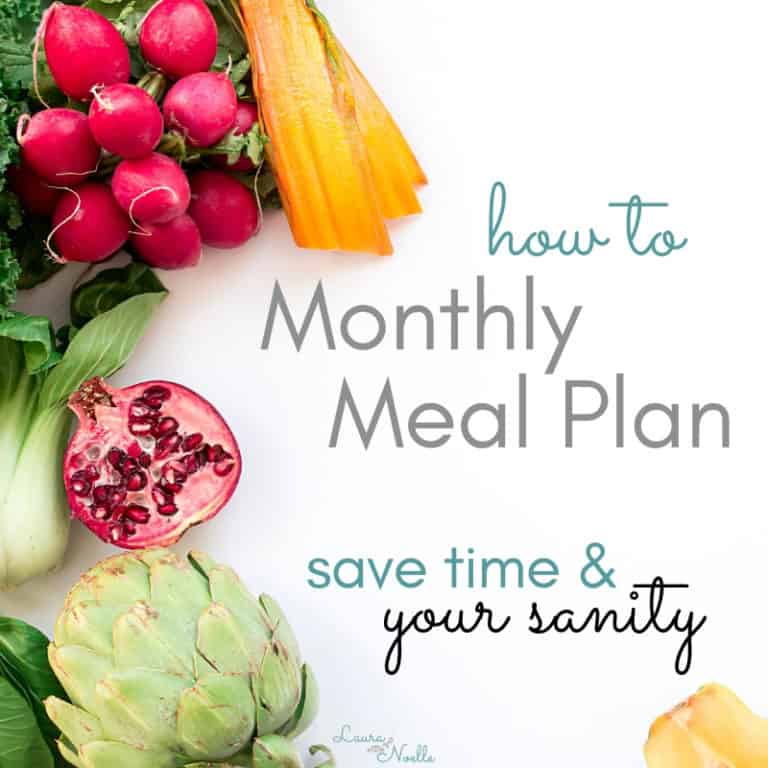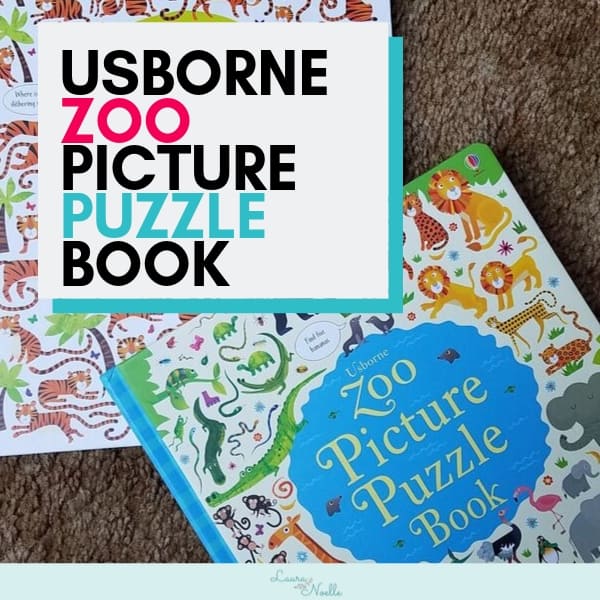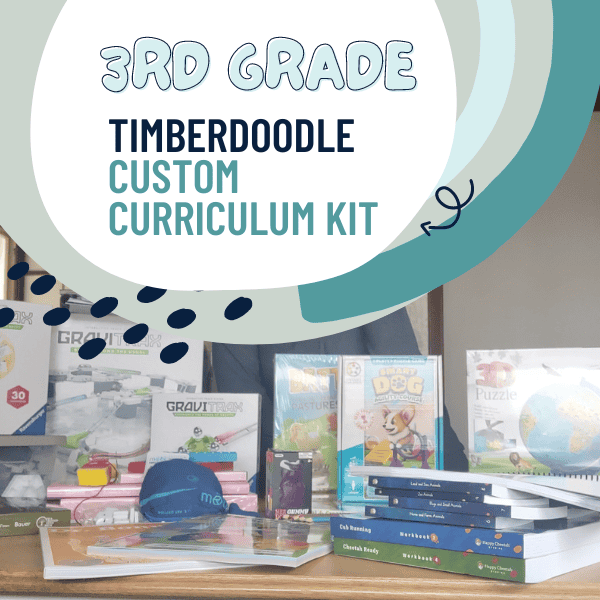STEAM for Kindergarten || Timberdoodle Elite Kit Review
This post may contain affiliate links, which means I may receive compensation if you make a purchase using one of these links.
STEAM (science, technology, engineering, art, math) is a movement that’s swept education in recent years, encouraging students of all ages to build, analyze, create, and design in a hands-on fashion.
Timberdoodle has always excelled in this area, and it’s the main reason I fell in love with their curriculum kits.
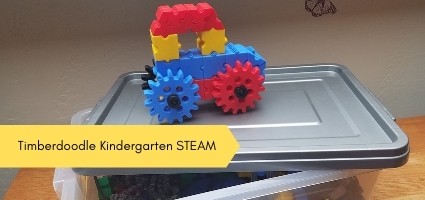
STEAM Components in the Kindergarten Elite Kit (2020-2021):
- ThinkPlay Gears Extreme
- I Can Doodle Rhymes
- Djeco Bugs
- Aquarellum Animal Postcards
- (Note, our picture shows an additional doodle book that went out of print – Push, Pull, Empty, Full — an awesome book, but no longer available)

Learning Tools:
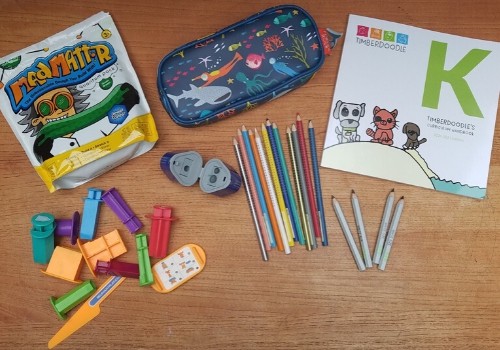
A special thanks to Timberdoodle Company for sponsoring this homeschool series of posts by graciously sending us this complimentary curriculum kit to see what we think. All opinions are our own!
Hands-On Building Set – ThinkPlay Gears Extreme
The Timberdoodle K Handbook suggests completing 2+ models each week.

My five-year-old loves to build things. She has a natural interest in engineering and innovation. For this reason, I knew that adding a comprehensive building and tinkering set would be extremely beneficial for her.
ThinkPlay Gears provide a book and printed instructions for 77 models. It includes starter models in the guidebook and works into instruction sheets, the included chain set and finally the pulley set. We have found that the blocks included offer a unique learning experience not found in popular building sets.

Young children (my daughter included) often have difficulty looking at 2D instructions and correctly creating a 3D model from that, so I didn’t expect that she would be able to make these on her own. When we work on models, I have to assist quite a bit because they are complex!
That being said, she eagerly helps and is absolutely enamored with the final result. The gears, chains, and pulleys create amazingly sturdy mechanics that teach how cranks, gears, wheels, and so much more really work.
I set the container on a shelf in her play area and I’ve been pleasantly surprised at how many times she chooses to pull it off the shelf and build/create on her own (without using the models). These are well-loved in our home!

The biggest con of these blocks is that they can be very tricky to line up and slide together to connect. I often have to assist with this when we follow the model instructions. I have heard from other families that this can be very discouraging to some children and as such, may not get the most use in a home where the child is not self-motivated to build on their own.
You can find ThinkPlay Gears Extreme here.
Art Doodle Book – I Can Doodle Rhymes
The Timberdoodle K Handbook suggests completing 2-3 pages a week.

I Can Doodle Rhymes is what I would consider an “advanced” doodle book. While we tried out the first few pages, I ended up setting this one aside for next year because I feel it’s pushing my young five-year-old too much as her current developmental level.
Primarily, the inclusion of handwriting on the page spreads means a child must be capable of forming their letters. This is going to be entirely dependent on your child’s ability. My daughter is starting to form some letters, but isn’t really ready to fully understand, recognize, and form them.
For a more advanced student, this book is fantastic for incorporating spelling, reading, handwriting, and drawing in a fun, open way.
You can find I Can Doodle Rhymes here.
Scratch Art – Djeco Bugs
The Timberdoodle K Handbook suggests completing as desired.
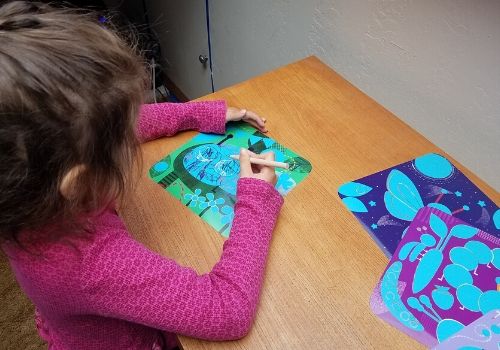
We got the Djeco Bugs Scratch Art kit during our Pre-K school year, but it is also a part of the Kindergarten Complete and Elite kits. You can read our full review of Djeco Bugs here.
The four scratch board designs, a wooden scratch tool, and a booklet showing before and after pictures of each design is included and provides a low mess, easily portable activity.
My daughter really enjoys scratch art and while she isn’t precise about how she scratches the patterns off, it’s still a great fine-motor activity.
You can find Djeco Bugs here.
Painting – Aquarellum Animal Postcards
The Timberdoodle K Handbook suggests completing as desired.

When my daughter pulled this painting kit out of the Timberdoodle Curriculum box she was so excited that she begged to do it right away! Aquarellum Animal Postcards come with 8 postcards, 6 containers of liquid watercolors, a paintbrush, dropper and a convenient tray.
The instruction booklet has complete directions for how to mix the 6 base colors into many different shades.

The postcards themselves were what amazed me the most. My rainbow minded daughter likes to “messy paint” and her works of art are rarely within the lines. But the wax barriers on these postcards is fantastic, meaning that paint only adheres to the beautiful design. Even non-artistic children will create stunning works of art with these!

Being that they are postcards, you can choose to address these to friends and family and send your child’s works of art out into the world, and not cluttering your home! Or, you can frame them or keep for a portfolio.
Aquarellum postcards were by far my daughter’s favorite activity in the curriculum kit this year. She is now begging for more!

You can find Aquarellum Animal Postcards here.
Learning Tools: Grip Eco-Pencils, Trio Sharpener,
Write size pencils & Mad Mattr

Mad Mattr is kinetic sand. It can be molded, yet also has a soft and fluffy “sand” feeling when broken apart. It feels dry and smooth with just a little bit of grain. It’s not sticky like dough, which makes it a great choice for sensory kiddos (or adults).

Mad Mattr does flake off and can get messy. I recommend to use it over a dark colored, easy to vacuum carpet, or place a “splat mat” underneath the table to catch the flakes. Unlike sticky doughs, it won’t stick in your carpet, but it should still be cleaned up soon after play to reduce the mess.
My daughter is a big fan of Mad Mattr and enjoys using the craftsman tools and other cookie cutters we already had. Young children need tactile input to decompress from workbooks and traditional schooling. I love that Timberdoodle recognizes this need and provides a simple outlet!
You can find Mad Mattr here.
Every school needs pencils, and I am over the moon for Timberdoodle’s choice for Kindergarten. First off, the Write Size Pencils are tiny and perfect for little hands. Secondly, the Faber-Castell Grip Eco-Pencils & Grip Trio Sharpener are so not your regular colored pencils!
The little grip dots on these triangular pencils help young children grip and hold the pencils correctly. They are also extremely well made and create vibrant colors. The Grip Trio Sharpener has three modes–one for the triangular pencils, one for regular pencils, and one for crayons, making it the perfect companion!

Final Thoughts on STEAM for Kindergarten
STEAM materials are vitally important for growing kids, and they give a valuable change in pace from traditional schooling methods. My daughter enjoys all of these art and building components and asks to do them frequently.
You can view the entire Timberdoodle Kindergarten Curriculum kit here.
Related Homeschooling Content:
- Emotional Intelligence for Kindergarten || Timberdoodle Elite Kit Review
- Thinking Skills for Kindergarten || Timberdoodle Elite Kit Review
- Timberdoodle Kindergarten Elite Curriculum Kit Overview (2020-2021 Homeschool Year)
Want to save STEAM for Kindergarten || Timberdoodle Elite Kit Review for later? Pin to your favorite Pinterest board here:
